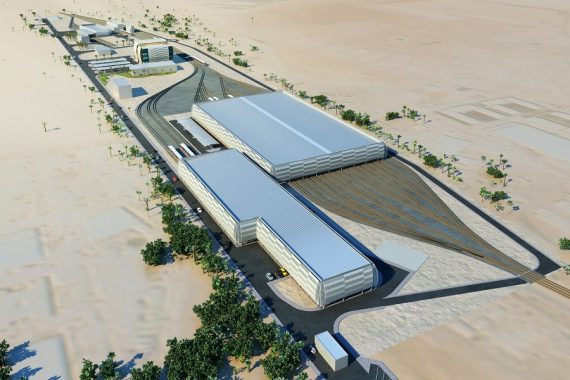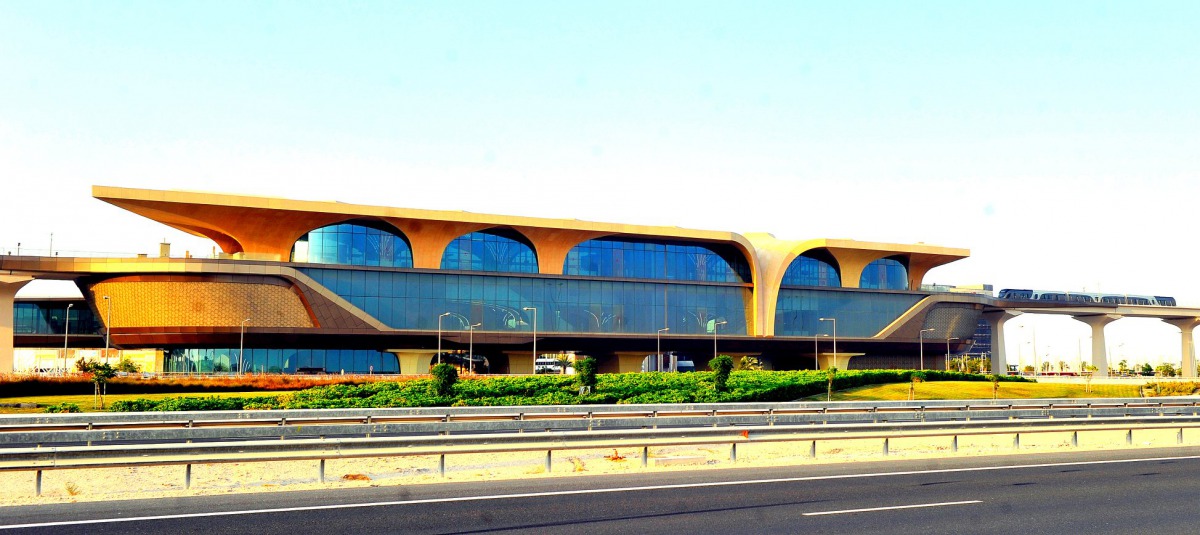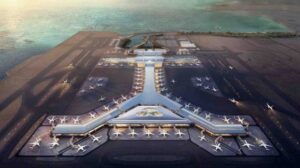
Qatar Green Line Metro Rail-Depots & Stabling Yard
Qatar Green Line Metro Rail-Depots & Stabling Yard Between 2017-2019, we worked on the aboveground depot project of “Ar-Rayyan Metro Maintenance Station” located on the
The importance of sustainable and energy-efficient mechanical systems in transportation infrastructure is increasing. Buildings with high occupancy rates such as airports and metro stations should consider energy efficiency while also ensuring passenger comfort and safety. In this context, elements such as heating, ventilation, and air conditioning systems (HVAC), plumbing, fire safety, water recycling and treatment, parking ventilation, and drainage water treatment are of great importance.
Energy-efficient HVAC systems provide proper temperature and air quality while reducing energy consumption. As a result, energy efficiency and greenhouse gas emission reduction goals can be achieved. Sanitary plumbing systems are necessary for clean water supply and wastewater management, and water-saving systems help preserve natural resources. Fire safety measures such as fire sprinklers and hydrant lines are of vital importance for managing emergency situations, and energy-efficient fire sprinkler systems minimize water usage and energy consumption.
Water recycling and treatment systems make a significant contribution to the sustainability of transportation infrastructure. Wastewater and rainwater harvesting enables more efficient use of water resources, while the treatment of chemical and greasy kitchen waste reduces environmental pollution. The fuel-mixed parking garage ventilation system helps to solve air quality problems while reducing energy consumption. Drainage water treatment systems help to manage pollution from parking areas and surface runoff, contributing to the protection of water resources.
Metro stations require special ventilation systems due to the naturally limited air flow in underground spaces. Energy-efficient ventilation systems such as Ote fans are designed to address air circulation issues in environments with high human traffic and limited air flow, such as underground spaces. This ensures the comfort and safety of passengers. Implementing sustainable and energy-efficient mechanical systems in transportation infrastructure is important both for passenger comfort and safety, and for their impact on the environment. Correct planning and implementation of relevant systems not only provide energy savings but also minimize their environmental impact. This way, the transportation sector can more effectively achieve sustainability and energy efficiency goals, and leave a more livable world for future generations. The continuous improvement and adoption of innovative solutions in transportation infrastructure are of great importance for both passenger comfort and safety, and for the protection of the environment and energy resources.

Qatar Green Line Metro Rail-Depots & Stabling Yard Between 2017-2019, we worked on the aboveground depot project of “Ar-Rayyan Metro Maintenance Station” located on the

Qatar Red Line South At-Grade and Metro Between 2016 and 2018, I worked at the “Free Zone, Ras Bu Fontas, and Al Wakra” at-grade and

Kuwait International Airport (Terminal 2) Between 2019 and 2024, I worked for Limak Holding at the Kuwait New Terminal II International Airport Project, specifically at

Qatar Hamad International Airport Between 2010 and 2012, I worked for ANEL Group on the CP18 mechanical installation field design and implementation project at the